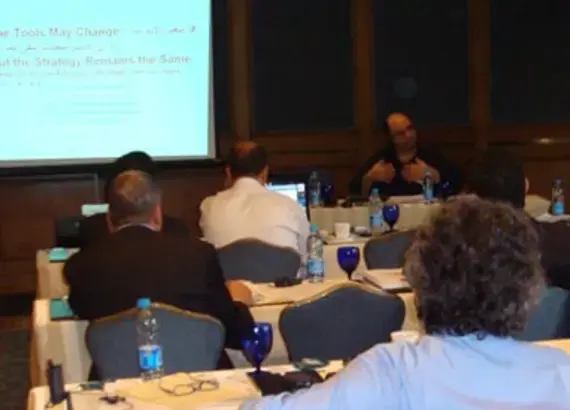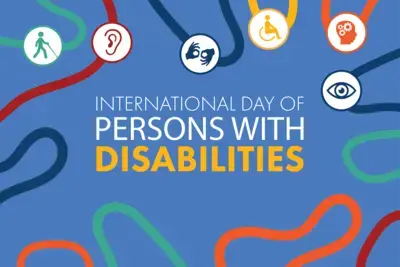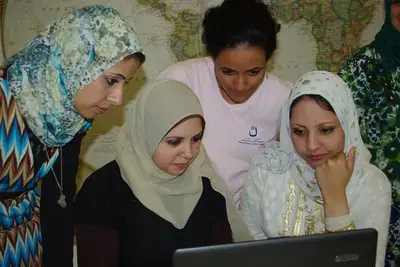
Success Story
Arab Activists Learn to Leverage New Media
Leveraging new media tools to extend an issue or candidate's reach is now a necessary component of campaigns of all kinds. In the Middle East and North Africa, new media technologies have revolutionized the way activists disseminate information and mobilize supporters, providing activists with alternative tools to make their voices heard, convey their message, recruit volunteers and mobilize even in places with repressive regimes.
In order to help the next generation of activists in the region adopt new media tools effectively, a group of civil society activists representing 11 countries gathered in Istanbul in November. The activists are working on a range of issues from increasing the participation of youth in politics in Iraq to building strong women leaders in Bahrain. At the conference, they were able to learn from each other and from experts who have used new media strategies to affect political change. The event was organized by NDI in conjunction with Aswat, an Arabic-language website for Middle Eastern democratic activists.
The goal of the conference was to share new media technologies and strategies that have worked in other circumstances, and to explore ways in which they could be adapted to the needs of the activists in attendance. In the opening session, Sam Graham-Felsen, content director at Blue State Digital and former director of web content and blog outreach for the Obama campaign, discussed ways to inspire an organization's supporters to take action by using personal stories relayed through new media. He used his experiences from the Obama campaign to draw larger conclusions about the role of new media in campaigns.
Alan Rosenblatt, associate director for online advocacy at the Center for American Progress Action Fund, stressed that, although the tools themselves are changing, the communications and grassroots organizing strategies remain the same. "Rather than think in terms of tools I want to take it back and talk about some bigger communications strategies," Rosenblatt said. "Regardless of what technology you're using, you're still just doing communications strategy, and mobilization and organization strategy."
Panel discussions were designed to encourage participants to apply lessons from conference seminars in their day-to-day advocacy activities, tying real problems the activists faced in their campaigns back to solutions that could be helped by using new technologies. Participants — civil society activists and journalists from across the MENA region — partook in lively panel discussions led by Graham-Felsen, Rosenblatt and others.
Each panel discussion provided a comprehensive overview of the use of new media tools in campaigns. One discussion covered the effective use of more familiar tools including email, listservs, websites and online petitions, while another panel focused on of the trends, reach and uses of blogging and micro-blogging. Other panels focused the discussion on social networking sites such as Facebook and online forums, using video, audio and visual components effectively in a campaign, and the power of mobile technology as a tool for activism.
In addition to Graham-Felsen and Rosenblatt, other panelists included Katrin Verclas, co-founder and editor of MobileActive.org; Mohamad Najem, co-founder of Social Media Exchange based in Beirut; and Vlada Milovanovic, new media consultant in Serbia.
"We learned a lot about tools that we could use in the media," explained one participant who chairs an organization in Bahrain. "This is really going to contribute immensely to the delivery of our message, and when I get back home, I’ll work on this issue."
Another participant, a journalist from North Africa, agreed. "There are a lot of new ideas for me, including Twitter and its many uses, especially as a means to distribute news quickly. Another new idea is using mobile phones in new ways. We had used them [before the conference] but I’m going to add new uses and hopefully our service will improve with these new tools."
Pictured above: Alan Rosenblatt leads a panel at the conference in Istanbul
Published February 3, 2010



